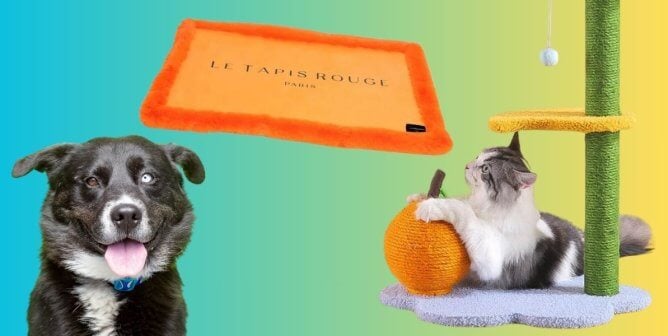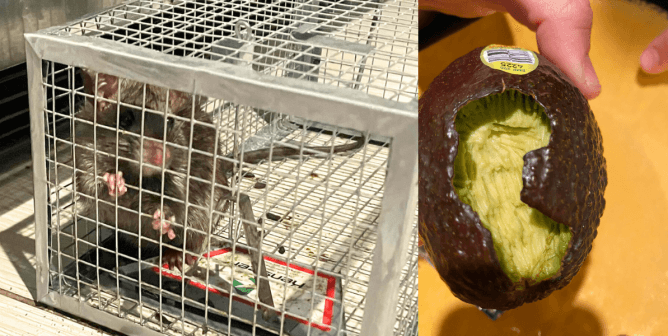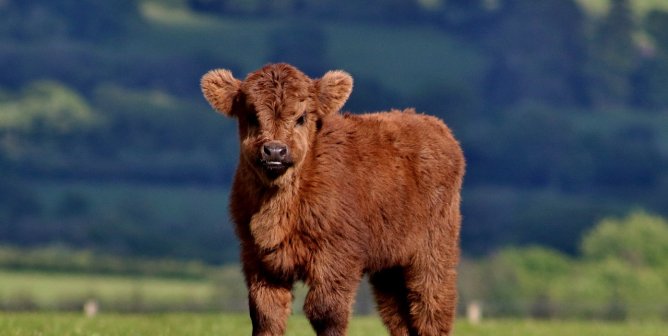Brown thumb? Plenty of us are in that boat. All I have to do is look at a plant and it dies. (Maybe they know I’m vegan?) The good news is that even if you can’t keep a succulent alive, you can still do loads of easy things to make your yard not only look great but also encourage some pretty visitors—such as birds, butterflies, bees, geckos, squirrels, and rabbits—to drop by.
Here are our top low-maintenance ways to get an attractive yard that’s also a welcoming wildlife habitat.
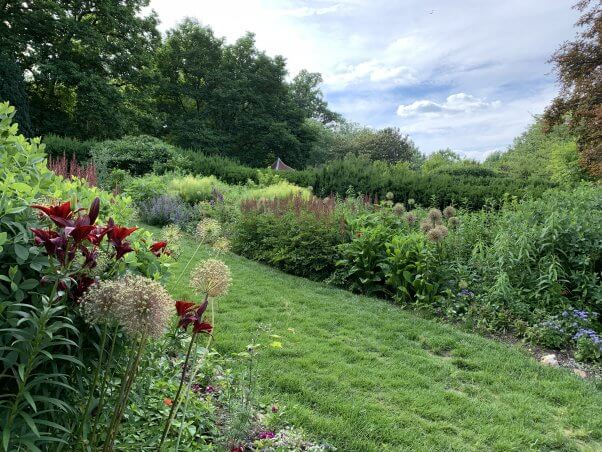
Replace some hard-to-maintain grass with native plants and trees. Perfectly manicured lawns require a lot of effort to maintain and a lot of time that could be spent doing more enjoyable things. Replacing some of your grass with native plants, flowers, shrubs, and trees that naturally thrive in your area cuts down on lawn care time and gives small animals much-needed food, shelter, and opportunities to raise their young as their habitat dwindles because of human encroachment. And it’s symbiotic: As pollinators flutter from one plant to the next, they’ll keep your yard in bloom. If you’re unsure of what to plant, your local native plant society can help.
Add a decorative, inexpensive birdbath. Water for drinking and bathing, plants and insects for food, and a place to build a nest are all the welcome many beautiful species of birds need. Just be sure to hose out the birdbath every few days to keep the water from getting murky. If it freezes in winter, you can pour some hot water over the ice to melt it and give birds and other small animals a water source. And adding a few small rocks or pebbles to the bottom creates a mineral source that will encourage butterflies to flutter by as well.
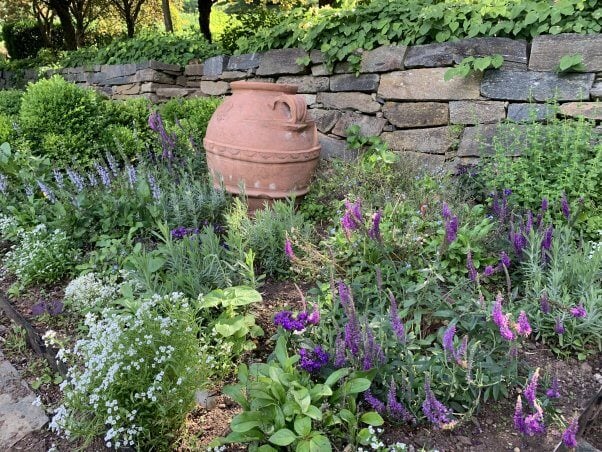
Think about letting trees stay put. If they don’t pose a danger, trees—including even those that have died—can offer crucial nesting places for birds and areas in which small animals can burrow and hide from predators.
Hang a couple of feeders filled with seeds. Large bags of seeds usually cost just a few dollars and can provide wildlife with a winter’s worth of food when natural resources are scarce.
Welcome frogs with a toad house. Have a chipped planter you no longer want to use? If it has a hole large enough for a frog or toad to enter, just flip it upside down (or prop it up on a brick or stone) and voilà! Instant frog habitat.
Let bats get cozy. Hanging a small wooden bat house will give these furry flyers a place to live. Bonus: They’re really cute.
Keep wildlife safe from companion cats. Usually, lounging on a screened-in patio or sitting in your lap on the porch is enough outside adventure for a cat, and it keeps them from killing wildlife.
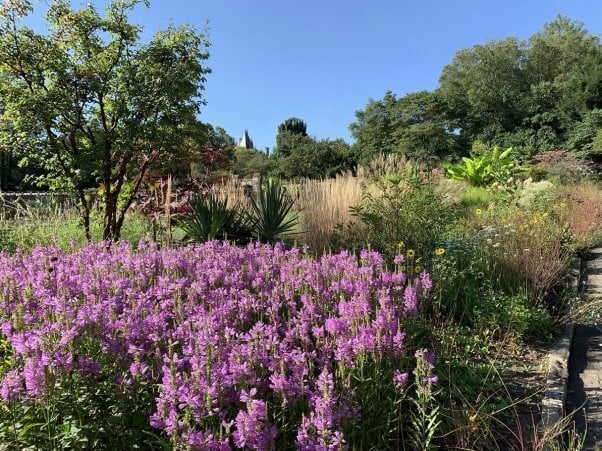
Choose Earth-friendly lawn care. Pesticides and herbicides made from dangerous chemicals pollute the environment and poison animals’ food sources. Opt for natural and organic solutions for weeds.
Cap your chimney. An inexpensive chimney cap, available at all hardware stores, will encourage animals to make their homes in nearby trees instead of your fireplace, saving their lives and saving you time and money that you’d waste if you decided to have them relocated.
Make your windows collision-proof. Curtains, blinds, window screens, and window decals can all help to cut down on the reflection that makes windows look transparent to birds and causes fatal crashes.
And lastly, share the wealth. Gardeners know that it’s not uncommon to find nibble marks in their produce sometimes. If you grow fruits and vegetables, keep in mind that wildlife lived in the area before humans developed it and that as we continue to sprawl, we take over more and more of their habitat and reduce their food supply. You can try putting the remainders from the vegetables you chop and cook in a far corner of your yard instead of in the trash to provide an alternate food source for rabbits, mice, and other small animals to munch on.
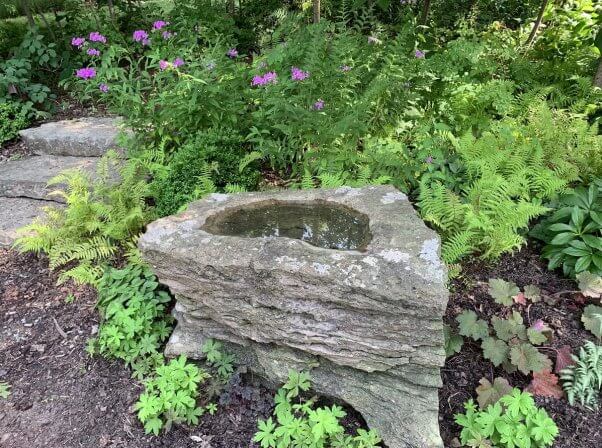
*****
For more great tips, check out PETA’s guide to living in harmony with wildlife.




